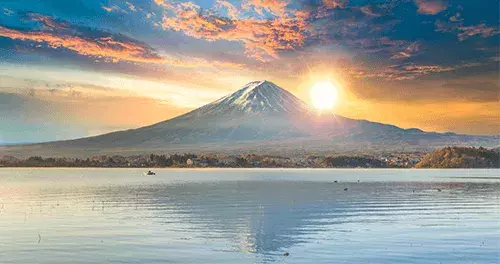
Gearing up for the winter holidays can feel stressful as well as joyous, but the light at the end of the tunnel is often New Year’s – the ultimate opportunity to reset and renew. Read on to learn about how Japanese New Year’s (known as Shōgatsu) has its own distinct traditions, both ancient and contemporary, that help to send off the old year and ring in the new.
The transition from one year to the next is celebrated across most cultures, even if the exact date may vary according to what calendar is observed. Many parts of Asia celebrate the Lunar New Year (which in 2022 will be February 1st) and for millennia, Japan did as well. In 1873, however, as part of the Meiji Emperor’s Westernization push, the country officially switched to the Gregorian calendar to celebrate New Year’s Day on January 1st. But while many global capitals see out December 31st with crowded plazas, huge parties, popped champagne corks and loud fireworks (at least before COVID-19), New Year’s celebrations in even Japan’s largest city Tokyo has traditionally been a quieter, spiritual and more family-focused affair.
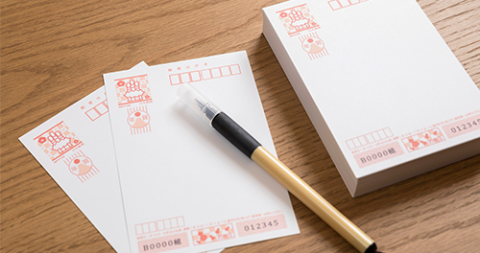
First, there are the preparations - it’s important to start the New Year with a clean slate, both literally and figuratively. The last few weeks of December are typically busy, a time of finishing work, tying up loose ends and cleaning house. It’s a time to send warm wishes to all in one’s family, business, and extended social circle – typically in the form of nengajō, or New Year’s cards, similar to the Seasonal Greeting cards in Western culture. As with so many analogue traditions, the volume of nengajō has declined in the age of digital messaging, but Japan’s postal service estimated that they still delivered approximately 2 billion nengajō in 2020.
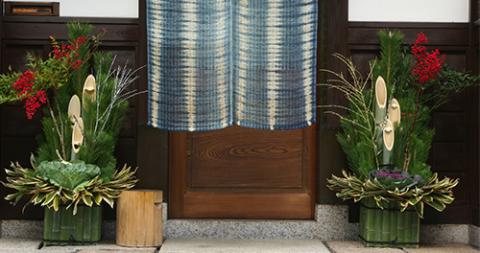
On the domestic front, centuries of Shinto tradition dictate that a toshigami (year god) enters the home on New Year’s, and so families have long done a thorough cleaning to make sure the deity is properly welcomed by a sparkling, festive space. After all the scrubbing, mopping, and dusting, it’s time to accessorize with New Year’s decorations known as shōgatsu-kazari. Many people visit traditional New Year’s outdoor markets selling a variety of decorations, food and fruit to spruce up the home, like kadomatsu (made from bamboo and pine) or shimenawa (a straw rope dangling slips of white paper), which are usually hung near the doorway to welcome the New Year’s toshigami. Another iconic decoration as an offering is kagami mochi (literally “mirror mochi”), which is made from two chubby rice cakes adorned with colorful thread, leaves, or other flair, and topped with a citrus fruit (originally a daidai or bitter orange; today commonly a mikan or satsuma orange).
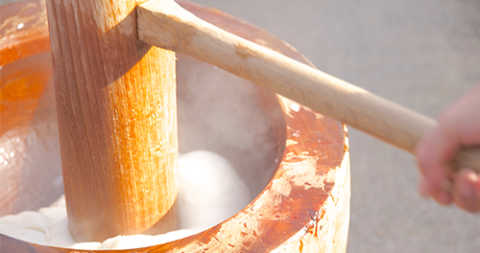
Mochi isn’t just decorative, however – it’s also on the menu of auspicious New Year’s foods, known as shōgatsu-ryōri, which are purchased or prepared ahead of time so that the first days of January don’t require cooking for the sake of giving the god of the hearth much needed rest. Instead, the waning days of December are busy in the kitchen, with tons of food prepared, with children often helping and learning from their parents. The preparation of mochi is called mochi-tsuki, and involves pounding rice in a usu, a large wooden or stone bowl, using a kine, a hammer-like wooden mallet, until it forms into a sticky paste. It’s shaped into smooth orbs and then forms the basis of the typical New Year’s soup, ozōni.
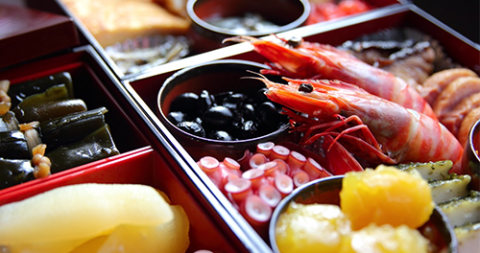
The more ceremonious seasonal menu called osechi, with its numerous dishes often packed in a lavish lacquerware box, is made and eaten as an offering with symbolic elements for all its contents. Some of the symbolisms are shrimp (ebi), which represents longevity due to their visual similarity to an elderly person stooped over; herring roe (kazunoko) which are a homonym for “numerous children”, representing a wish for fertility; and seaweed rolls (kobu-maki) which are a homonym for “joy”.
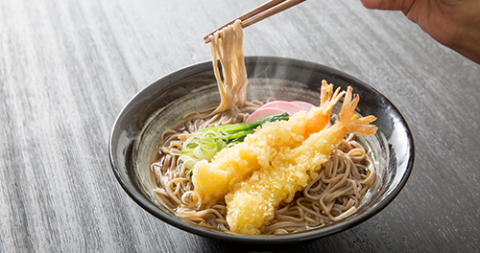
After an abundant supply of osechi is complete, it’s time for the New Year’s Eve (ōmisoka) dinner itself, traditionally toshikoshi soba, or “year-crossing noodles”. This simple meal of buckwheat soba noodles in broth symbolizes crossing over from one year to the next, with a wish for longevity and health. Later that evening, many families relax by watching the annual television music special “Kouhaku Uta Gassen” produced by NHK since 1959. Instead, some people might head out to a Buddhist temple to observe the New Year’s arrival at midnight with the tolling of a massive bronze bell (known as bonshō) 108 times (called joya no kane), representing a banishment of the 108 earthly temptations in Buddhist belief.
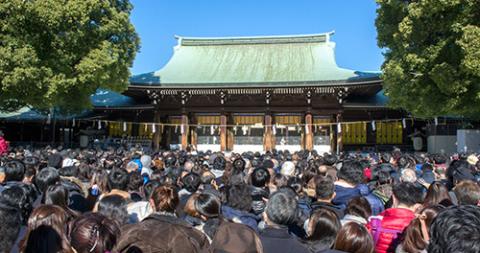
It’s even more common to visit a temple or Shinto shrine the next day. Hatsumōde refers to one’s first visit in the New Year, which is considered an auspicious occasion to pay respect, make prayers and offerings for the coming year. Traditional belief holds that the first dreams of the New Year (hatsuyume) can contain signs of good fortune, so many people try hard to remember them once they wake up (the symbols of Mount Fuji, a hawk or an eggplant are each deemed lucky – if you dream about all three, your year is going to be golden!).
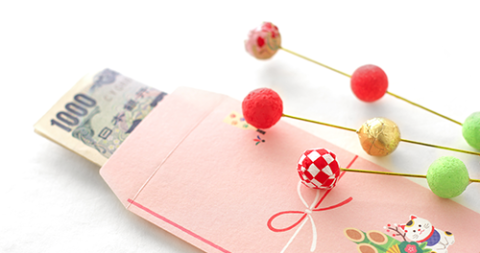
The rest of January 1st and the days following are typically filled with visits to family and friends, and includes the tradition that children look forward to most: otoshidama, or money given from adult relatives to kids in the family in decorated paper envelopes called pochi-bukuro. Though the amount inside each envelope usually is a bit lower than a typical monthly allowance, tag along for multiple visits and a child can amass a small fortune, putting a big smile on their faces.
But perhaps even more precious than the literal currency of otoshidama is the intangible gift of slowing down during this period. For all generations, these days between January 1st and the re-opening of businesses and schools is a special time to relax, eat, and gather one’s energy for the year ahead. Many people head back to work only a few days later, and then on approximately January 15th, it’s the official end of the New Year festivities, and household decorations are taken down (sometimes burned at a shrine). The New Year’s toshigami has departed, only to return next year.
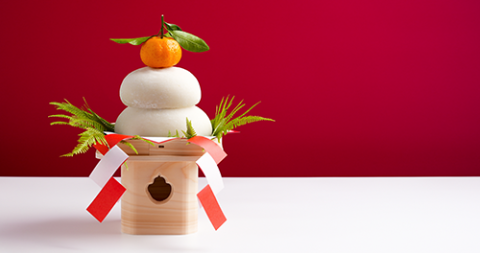
While these are some of the most well-known New Year’s traditions across Japan, there are countless regional specialties, and of course, every family celebrates differently. Moreover, these celebrations continue to evolve and adapt. For example, the younger generations may not be addressing and mailing dozens of nengajō New Year’s cards, but they continue the tradition in new forms, like digital greetings and e-cards. However things change, it’s reassuring to know that New Year’s remains a sacred time across cultures, to reinterpret traditions, to make peace with the past, to cultivate new hopes, and most of all, renew our bonds with family and friends.

